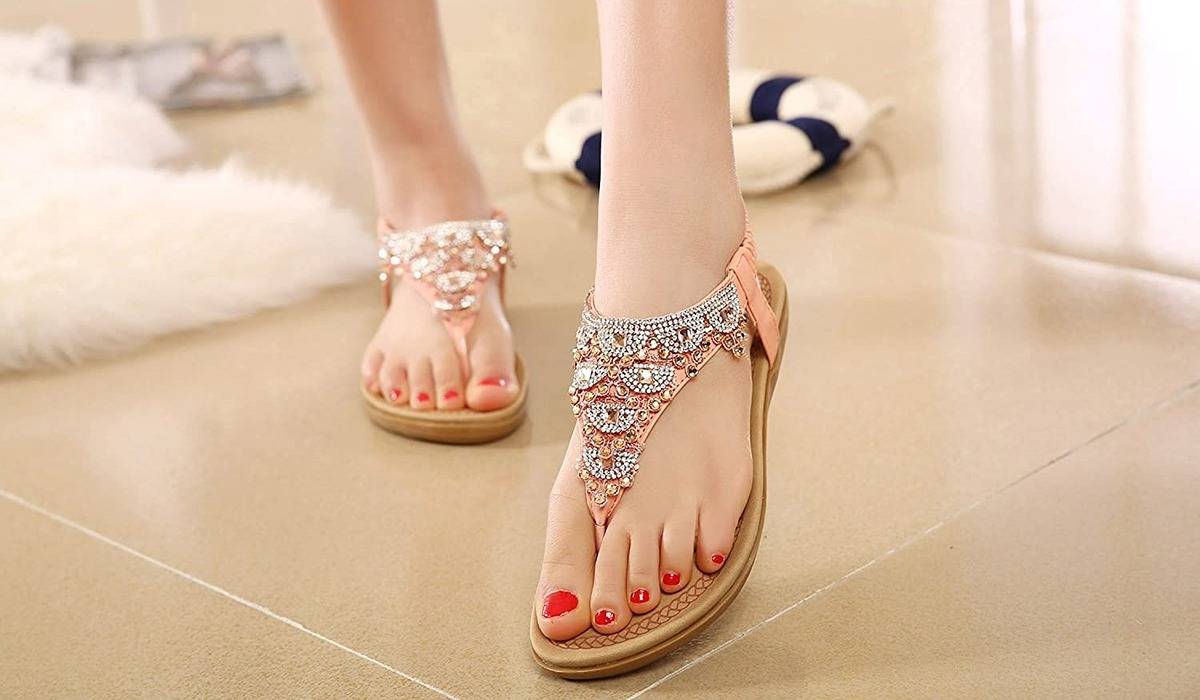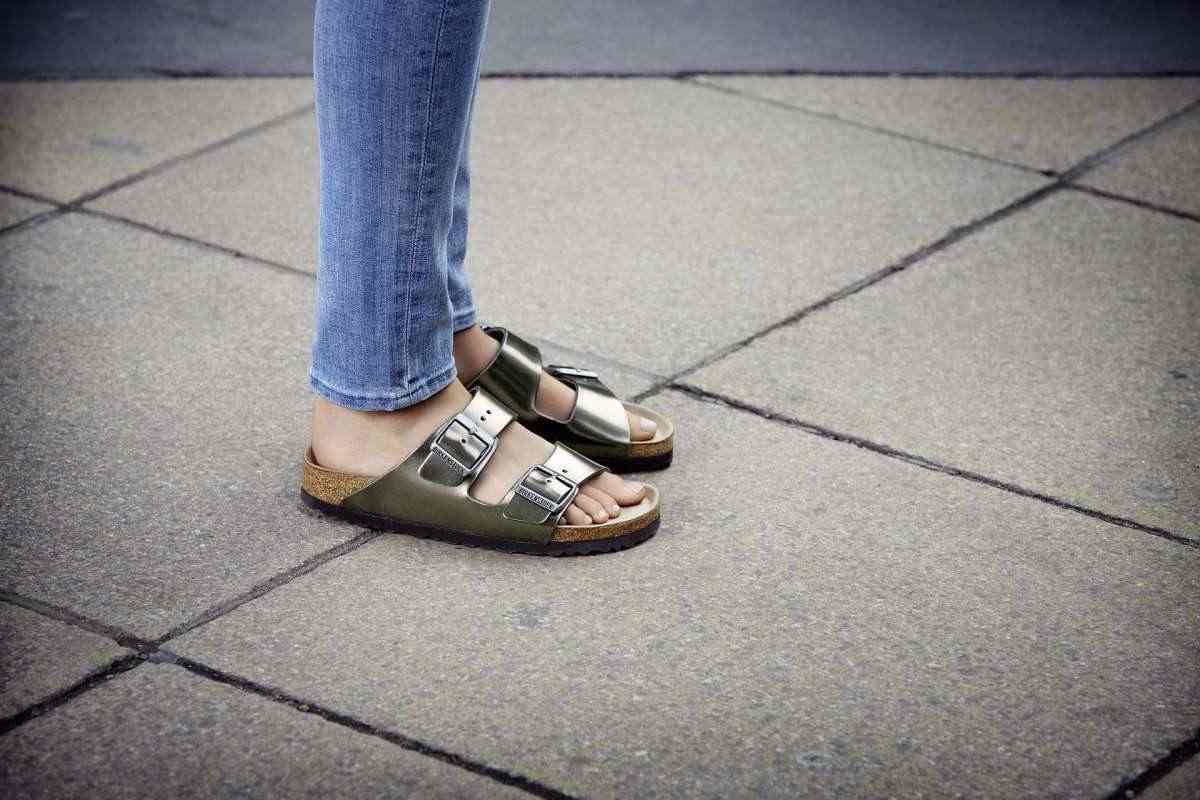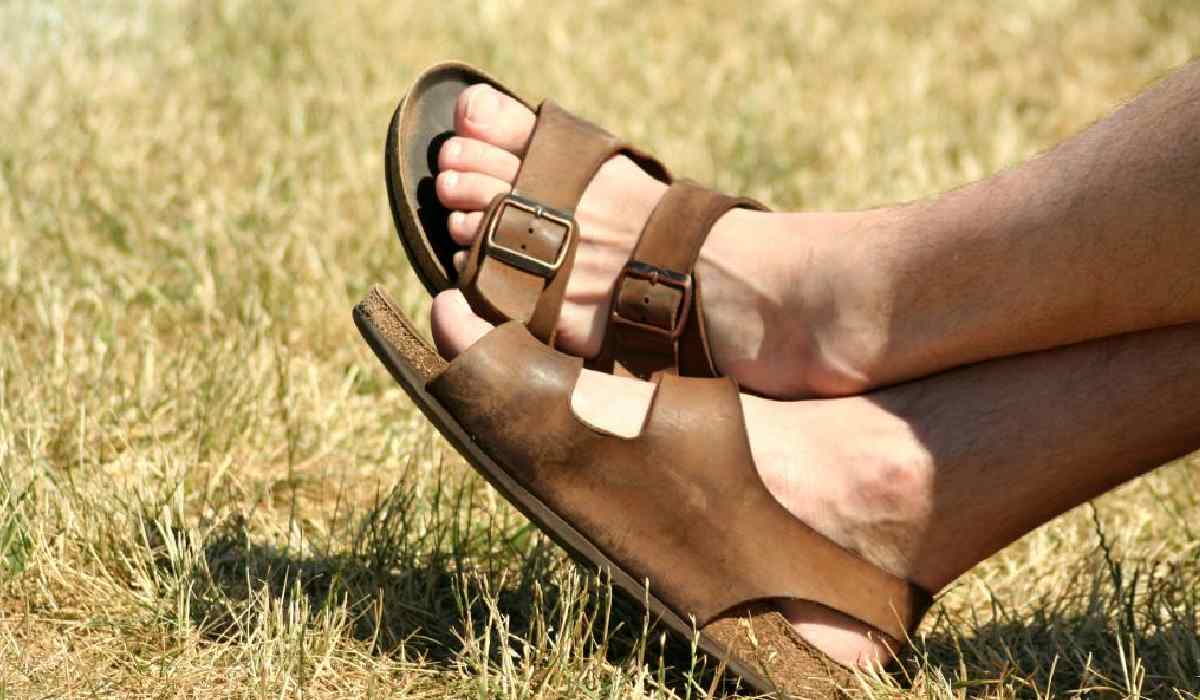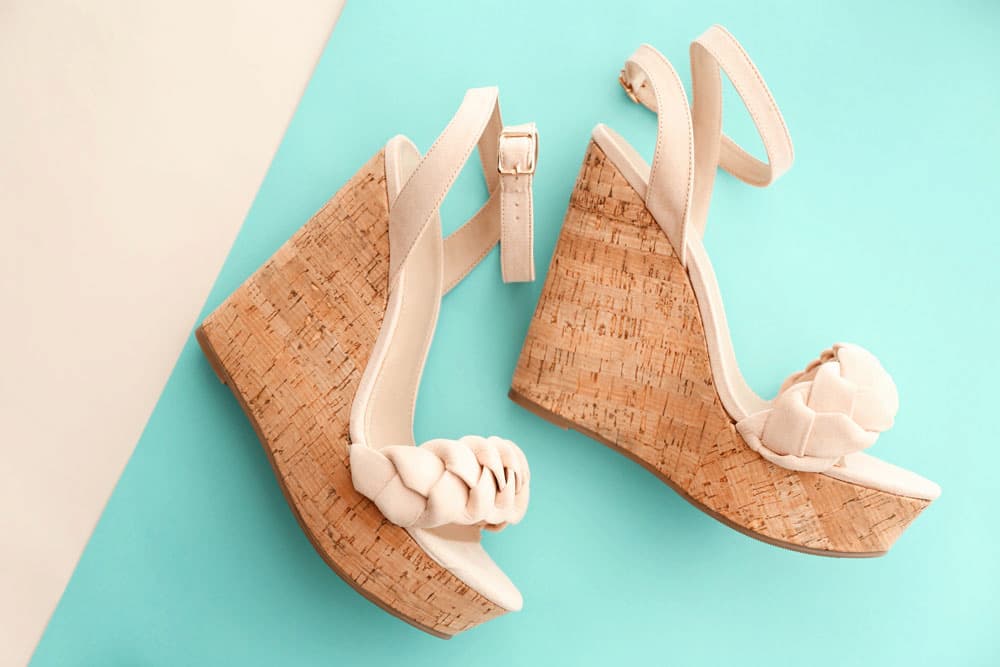Several times during the study, the significance of investing in one’s foot health by purchasing suitable men`s or women`s orthopedic slippers is emphasized.
However, how does one choose an orthopedic shoe that is the proper size and provides the right amount of support without falling for a shoe store and manufacturer’s claims that may or may not be substantiated by science?
Examine your closet to determine what you already possess. Trace the outline of each foot while standing barefoot on a piece of paper or cardboard.
Include one of your shoes in the preceding illustration. If you are like the majority of people, you are probably at ease.
The shoes will perfectly reflect the curve of your foot. Foot pain footwear is likely to be narrower, if not shorter, than your feet’s width. High heels are the leading cause of foot pain among women.
Have you noticed that? Nine out of ten women wear too-small footwear. Approximately eight out of 10 women habitually wear uncomfortable footwear.

Due to wearing too few shoes, women are nine times more likely than males to have foot problems. Shoes that are too small cause Nine out of 10-foot diseases in women.
In a perfect world, you would never wear shoes that were too little or too large for your feet. If you must wear these shoes, try to do so as little as possible; otherwise, you risk exposing your feet to a number of dangerous issues. The fewer poorly fitting or improperly sized shoes you wear, the better.
Multiple pairs of footwear should be kept on hand. Wear attractive low-heeled pumps to work or social activities, for instance, and reserve your more beautiful high-heeled shoes for formal events.
INVEST IN QUALITY FOOTWEAR: If you have the funds, you should consider acquiring many pairs of shoes that are healthy for your feet.
Purchasing three pairs of shoes—one for work, one for dressier events, and one for casual wear—will put you in a good position to enhance your foot health and eliminate a myriad of bothersome issues caused or exacerbated by wearing shoes that are too narrow or too tight.
Increasing numbers of shoemakers are creating footwear that is both stylish and comfortable. Several manufacturers provide insoles with unusual features, such as air bubbles and composite materials, to provide additional cushioning.
There are numerous elements to consider while selecting a pair of shoes. The most significant factor to consider is how you feel when wearing them.
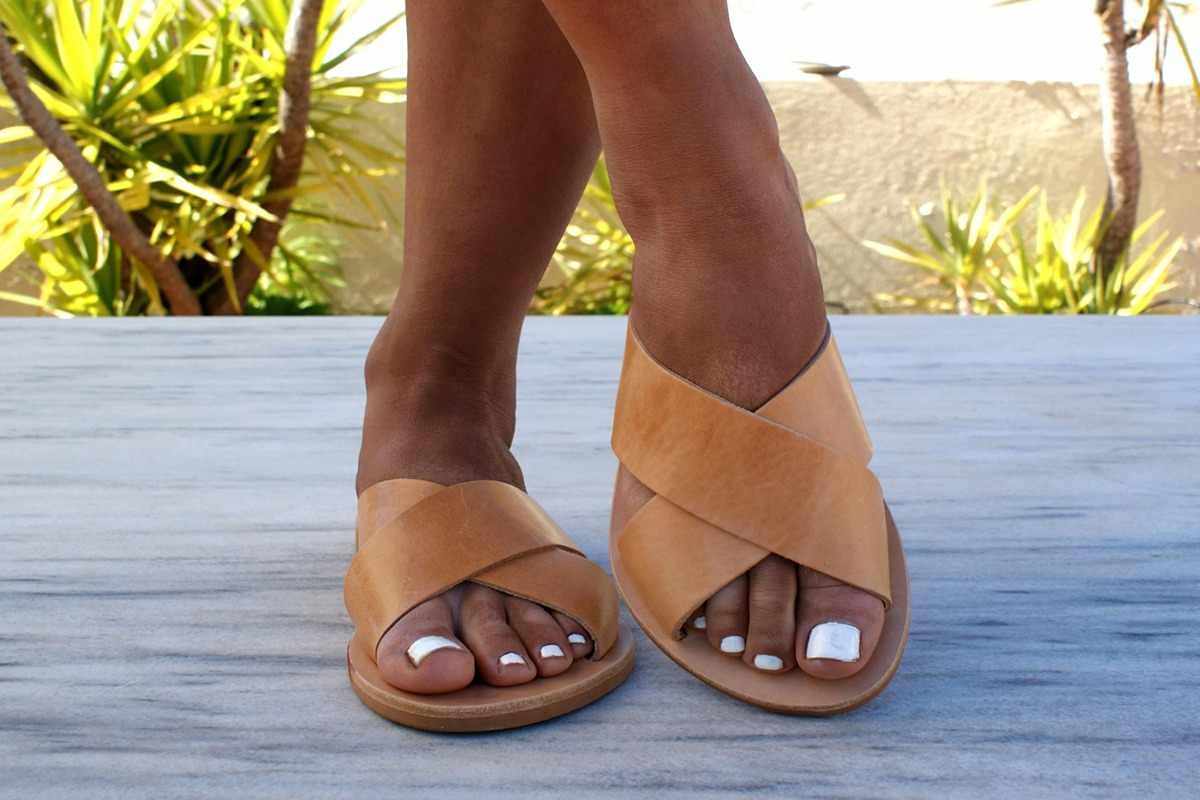
Put your trust in what your feet are indicating. Find out which manufactures have earned the APMA Seal of Acceptance by contacting the American Podiatric Medical Association at www.apma.org or visiting their website. Expect a great deal of marketing jargon from numerous brands.
The most comfortable women’s shoes have a low heel, a wide padded heel, a roomy toe box, and a sole that adequately cushions the walking impact.
These elements influence the best shoes for women. The heel’s height is more significant than its width; the higher the heel, the more damaging it is to the foot.
It is irrelevant whether the heel is little and sharp or wide and rounded. Shoes with a high heel and toe platform are an obvious exception.
There is no additional tension on the toes because of the heel and toes are elevated. Walk with caution when wearing platform shoes because you are more likely to sprain your ankle.
Men are most content wearing sports shoes, long-lasting oxfords, wingtips, loafers, or short-heeled boots. Look for a sturdy sole those cushions the foot while providing support. If your ankles are shaky or painful, you should consider investing in a pair of high-top sneakers or boots.

If you have diabetes or arthritis, you may require custom-molded or extra-deep shoes. A small percentage of people may benefit from wearing shoes created specifically to treat their foot problems.
Individuals with diabetes and substantial foot deformities are more likely to fall into this category than those who do not have either of these conditions. Consult your foot care professional about this possibility.
WHAT TO BE ON THE LOOKOUT FOR: Breathable shoes are advantageous for both men and women because they keep the foot dry, lowering the risk of fungal infection. The following ten guidelines may also be helpful:
Bring a drawing of your foot with you when you go shopping. Place any future shoes you want to buy on top of the trail. If the actual dimensions are narrower or smaller than the tracing, do not bother trying it on.
Go shoe shopping in the afternoon because your foot will naturally grow as you use it throughout the day and may swell in warmer weather.
Put on your socks and shoes for the remainder of the day. Make it a habit to have the salesman measure both of your feet every time you buy a new pair of shoes.
As we age, our feet alter in a variety of ways, most notably becoming larger and wider (as the accumulated weight they bear exacts its toll over time). Choose footwear that fits the larger foot if one of your feet is much larger or wider than the other.
Consider yourself in their shoes. Allow at least a quarter-inch to a half-inch between the end of the shoe and the toe furthest away from the shoe.
This permits your foot to press forward when walking without cramping or causing discomfort. Wiggle your toes to ensure adequate space, then gently press on the top of the shoe to locate your longest toe.
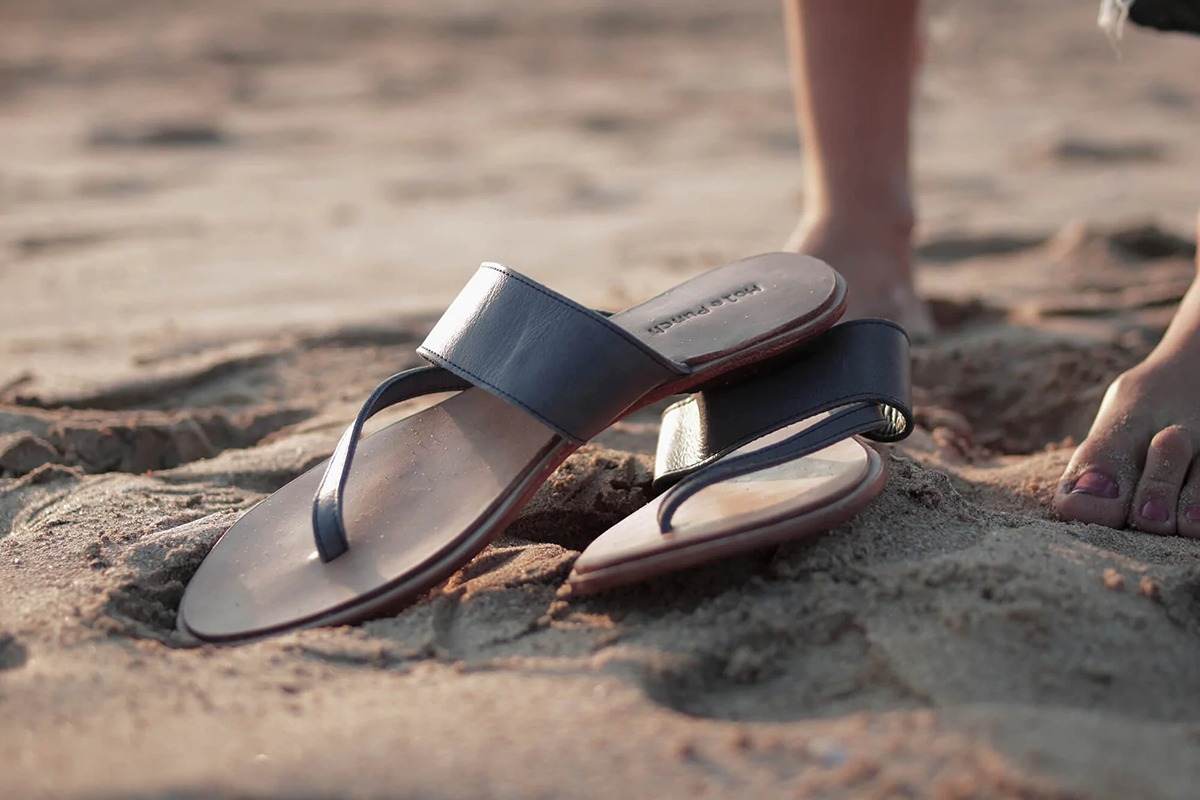
Put the shoes on to get a feel for how they feel. Is there adequate room between your feet’s balls? Will the heels pinch or will they remain on? You should not console yourself by telling yourself that the shoes merely need to be “broken in.” “Or that they will become more adaptive as time passes Find shoes that are a good fit for you as soon as feasible.
Put your personal comfort ahead of a shoe’s size or description. Varied businesses manufacture products of various sizes. You are the best person to determine whether or not those shoes are as comfortable as they claim.
It is vital to think about both the breadth and the length. If a shoe pinches the ball of your foot, you should inquire about a larger size. Buying shoes that are a half size bigger but not wider will not solve the problem.
Examine the inside of the shoes for any tags, seams, or other elements that could hurt your foot or cause blisters.
Flip the shoes over and look at the bottoms. Is it physically possible for them to defend themselves against potentially sharp objects?
Is there any cushioning? Feel the bottoms of the shoes while you walk around the store to see if they soften your steps. Walk on both carpet and hard surfaces to get a sense of how the shoe performs on each.
